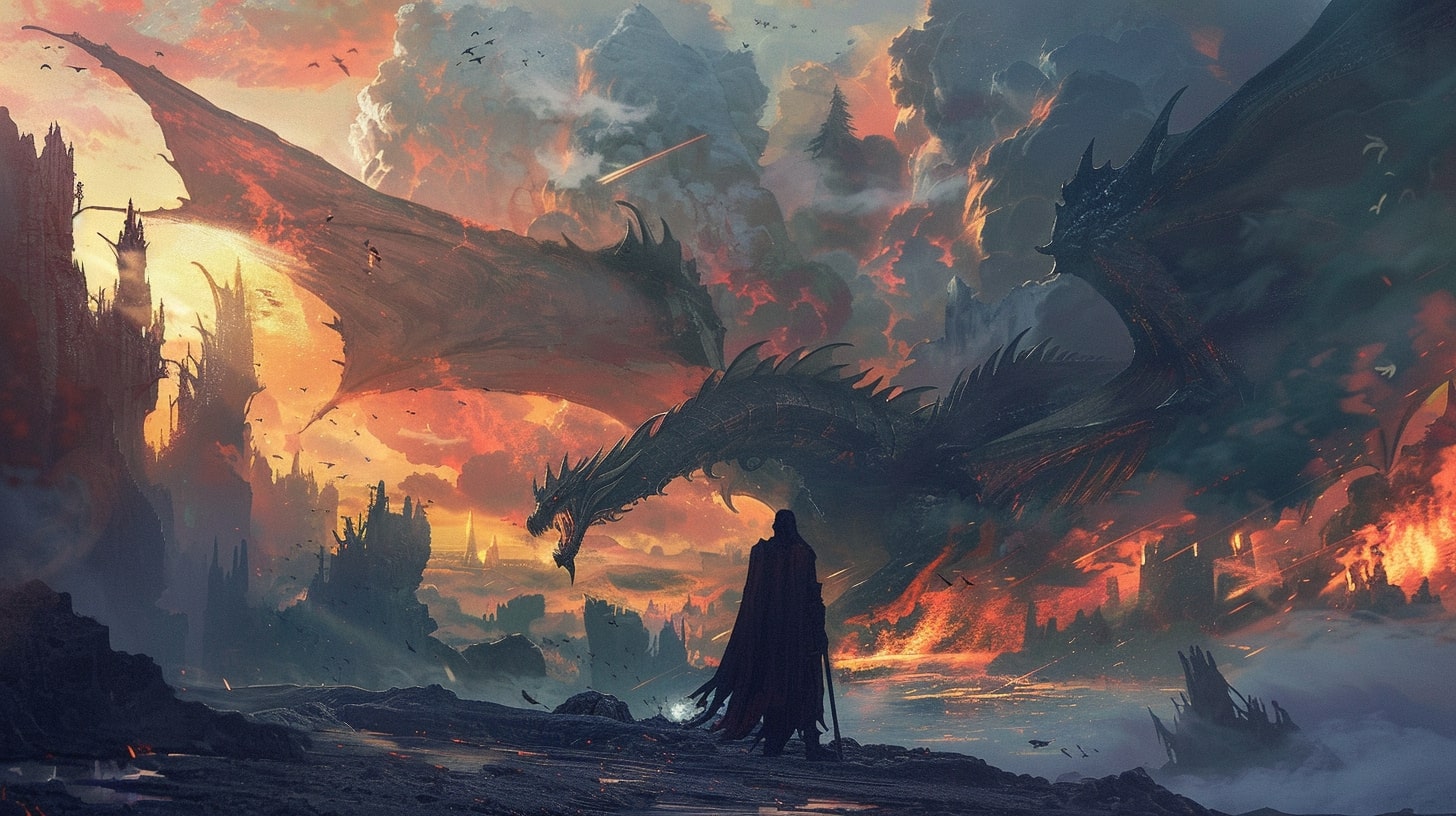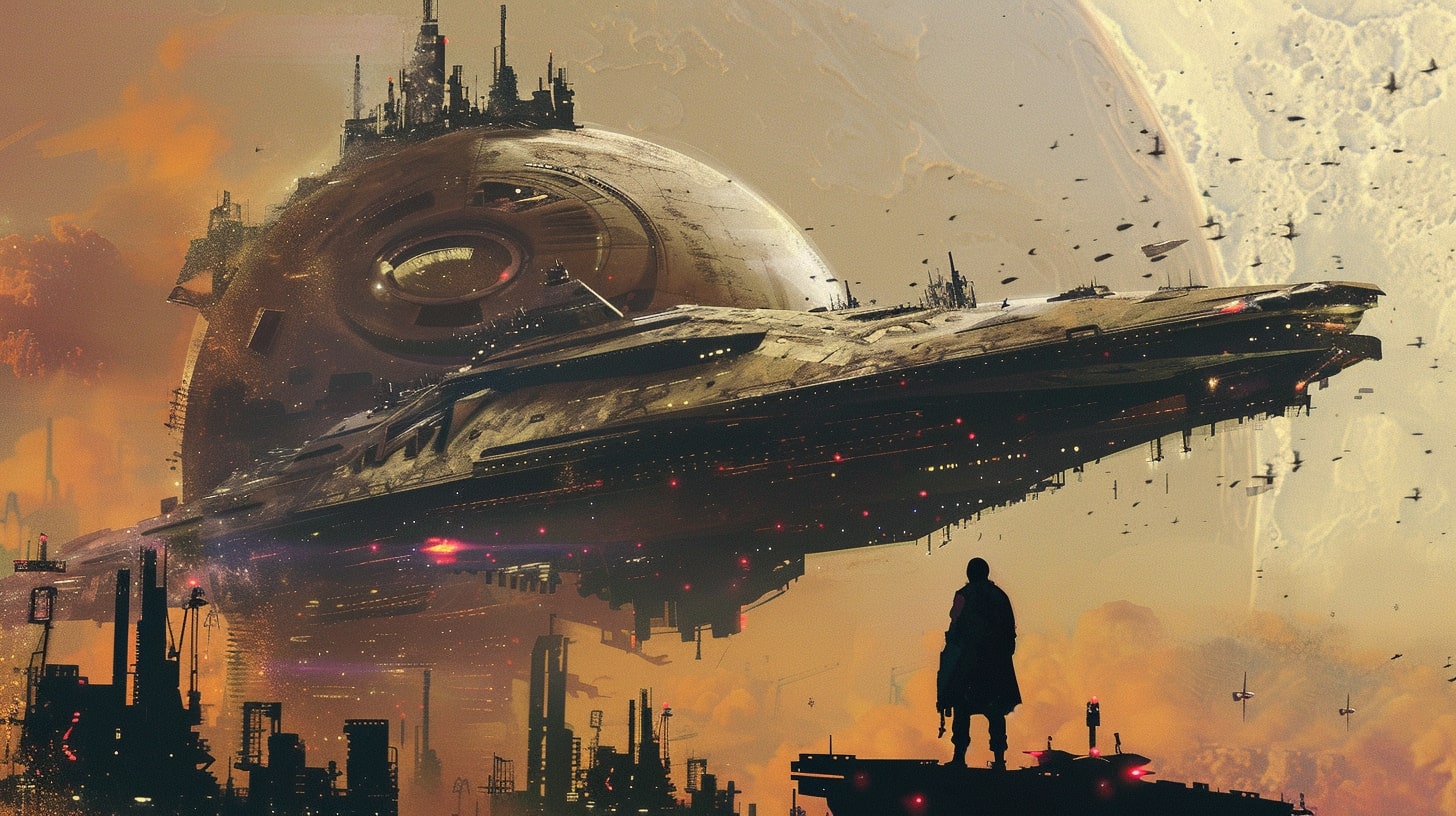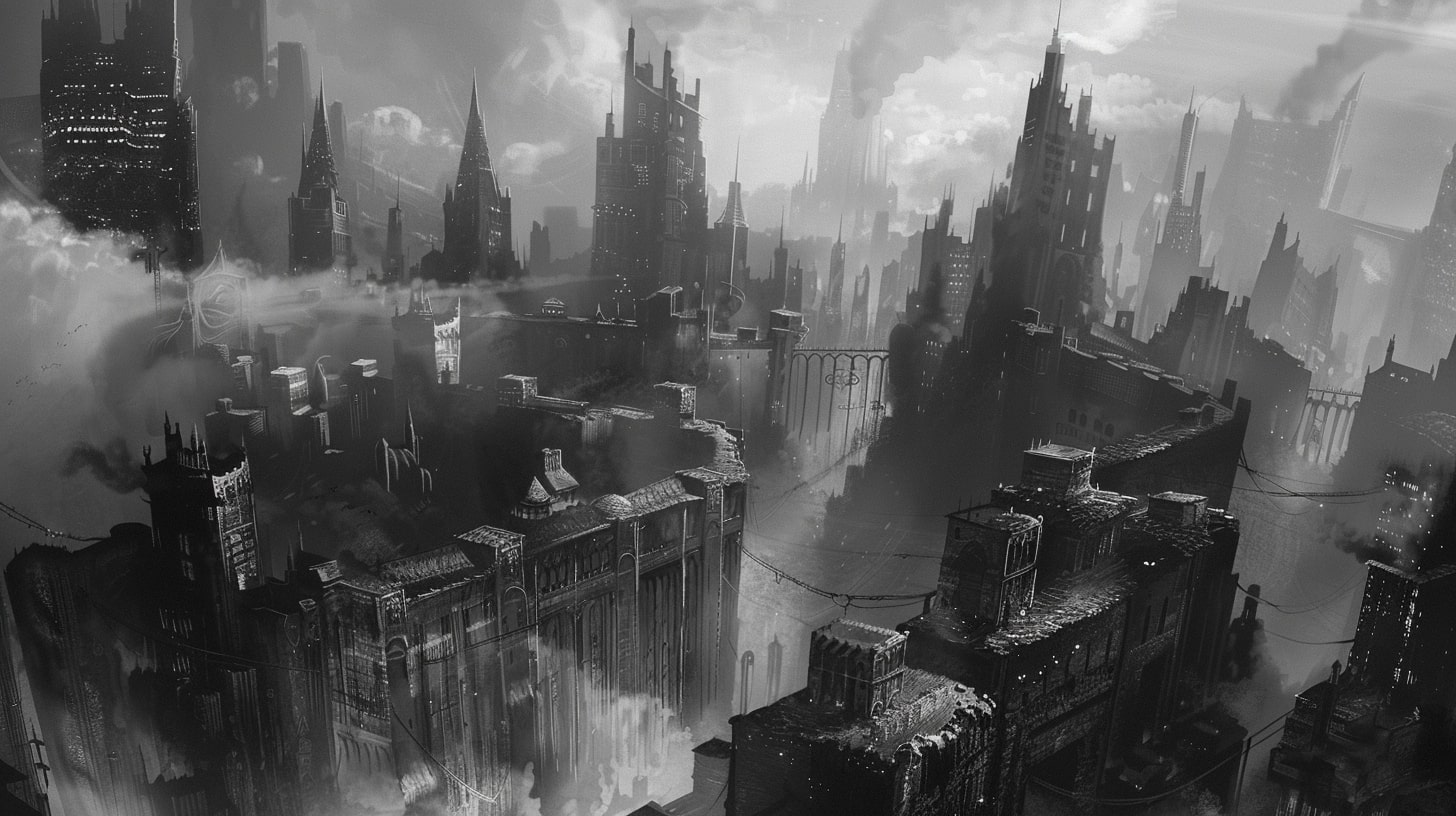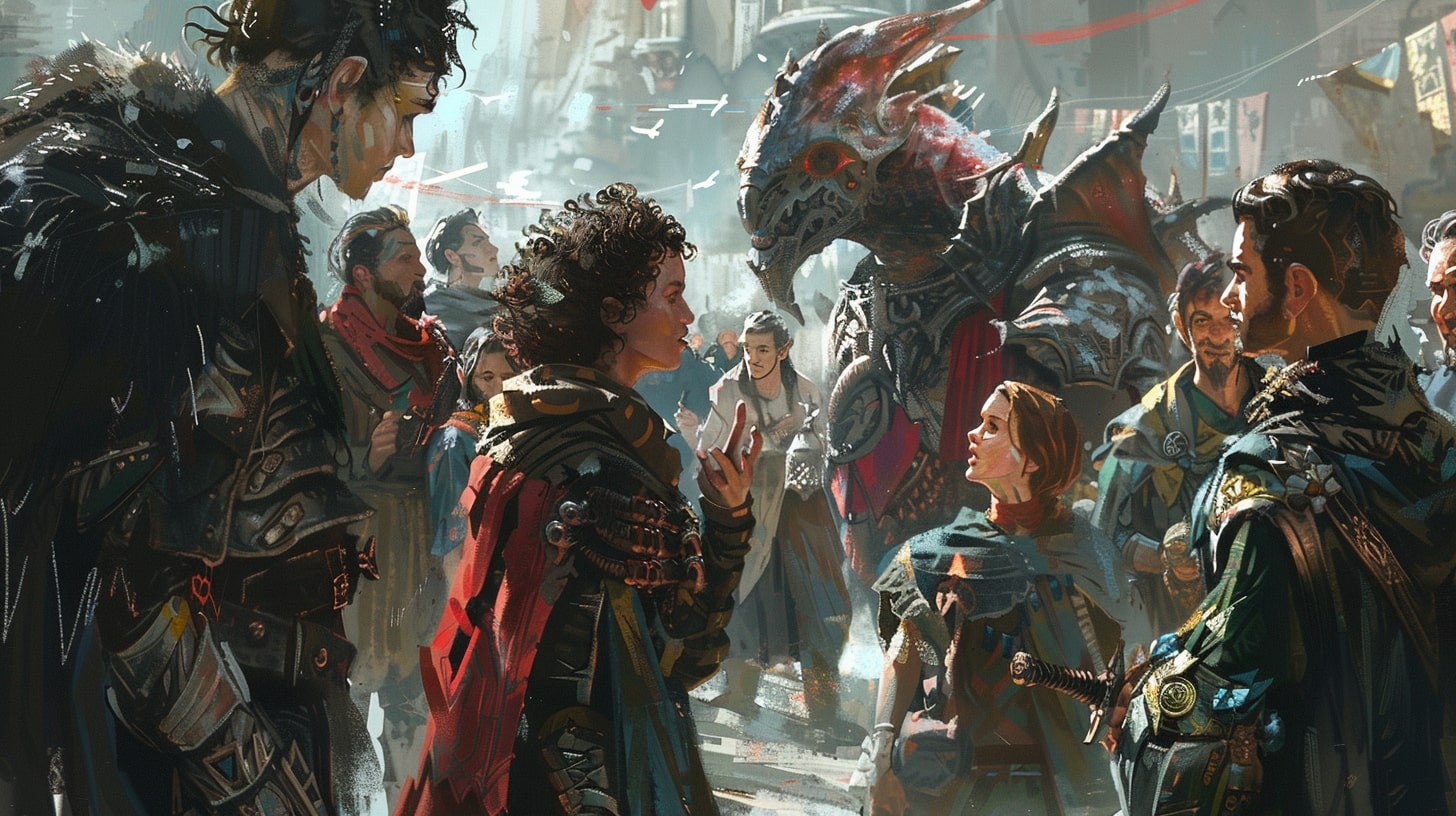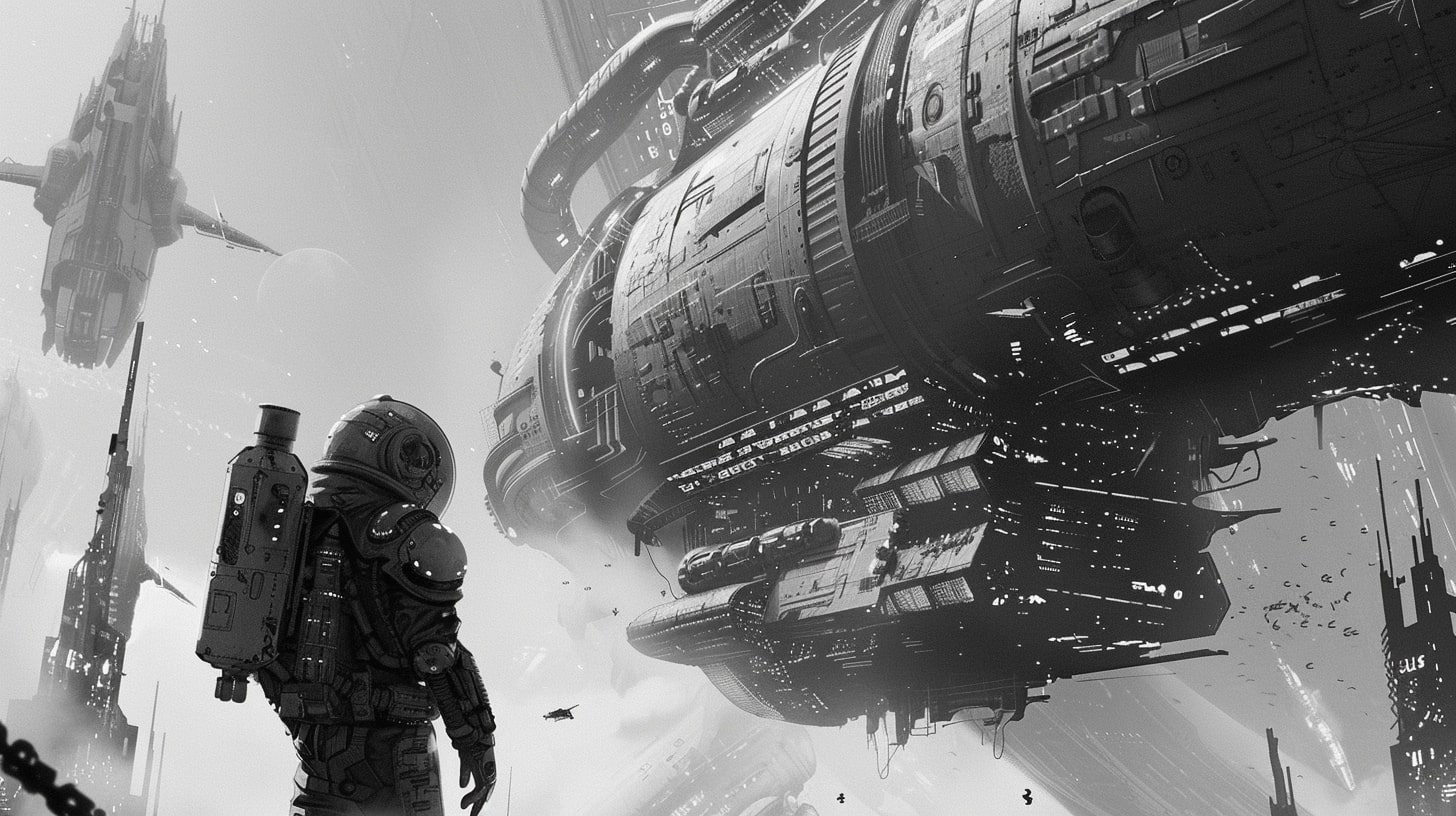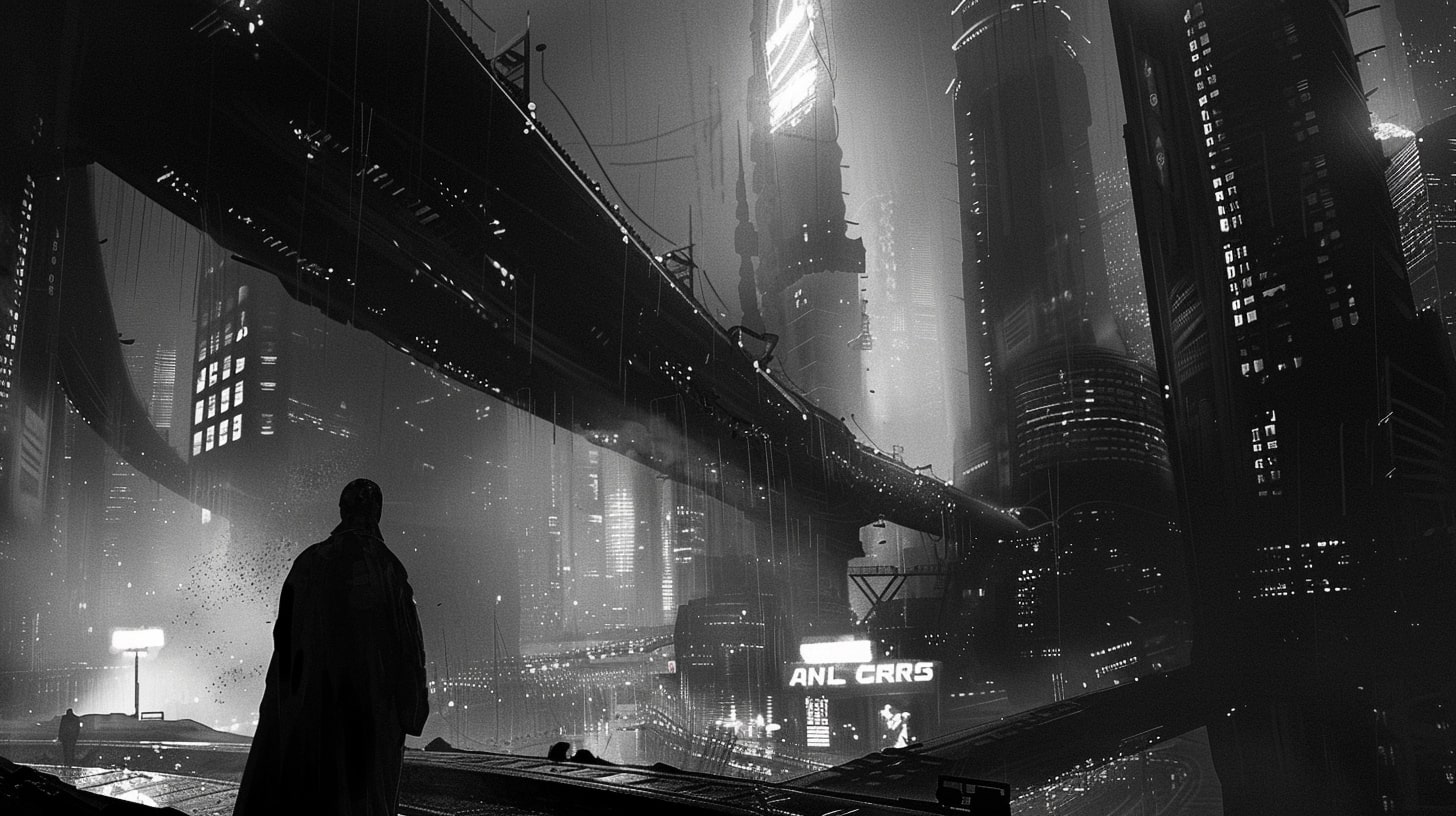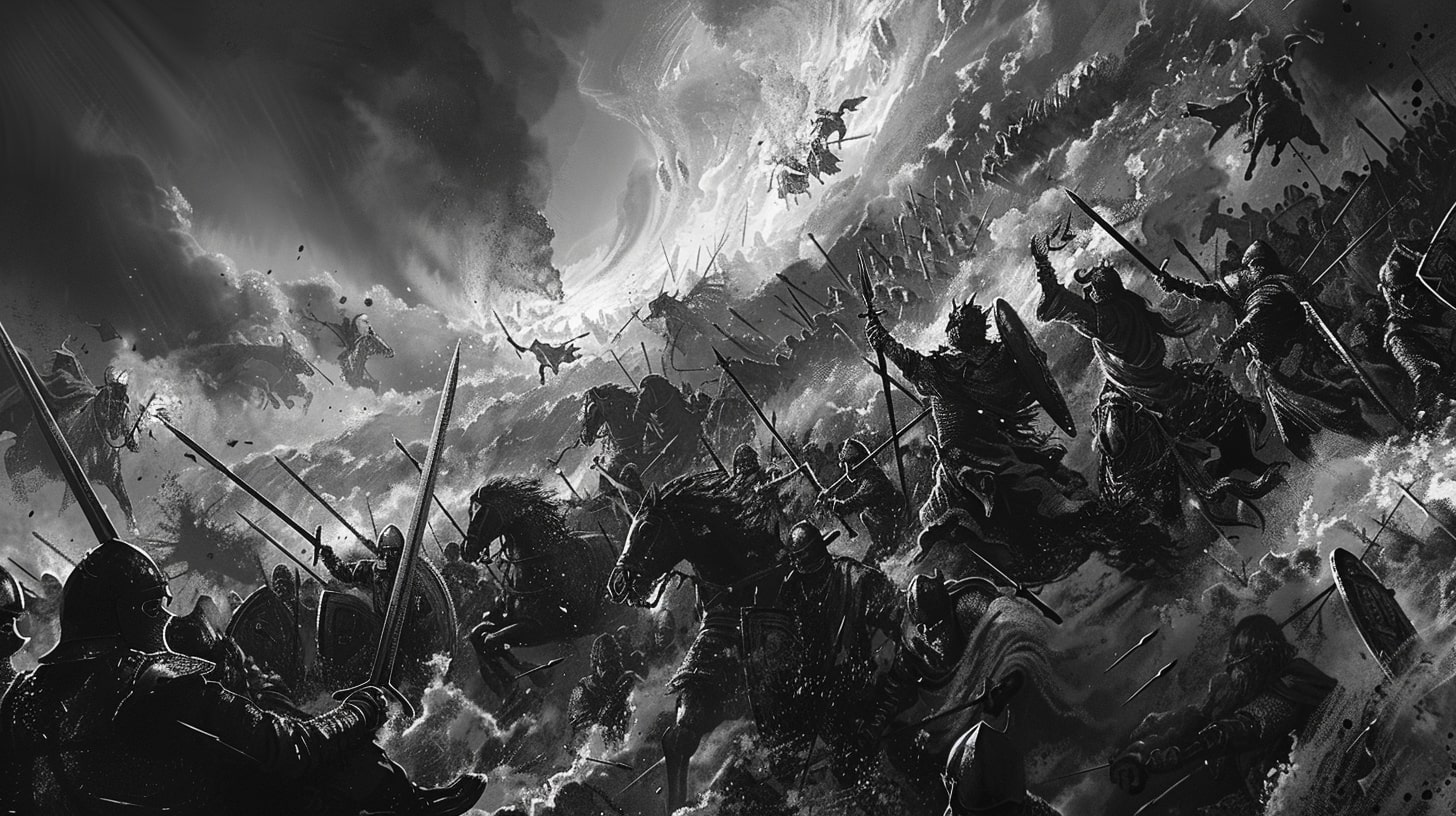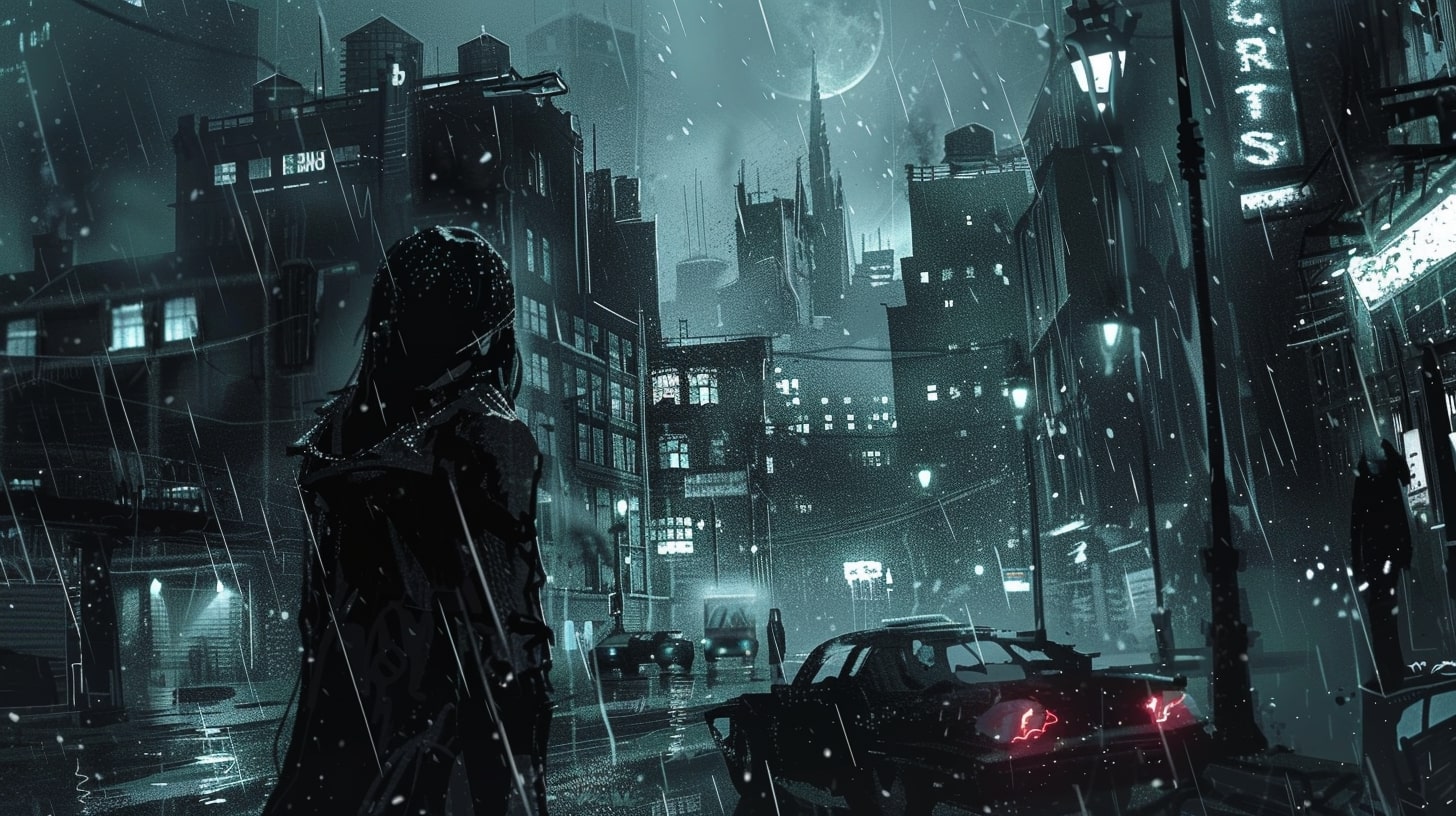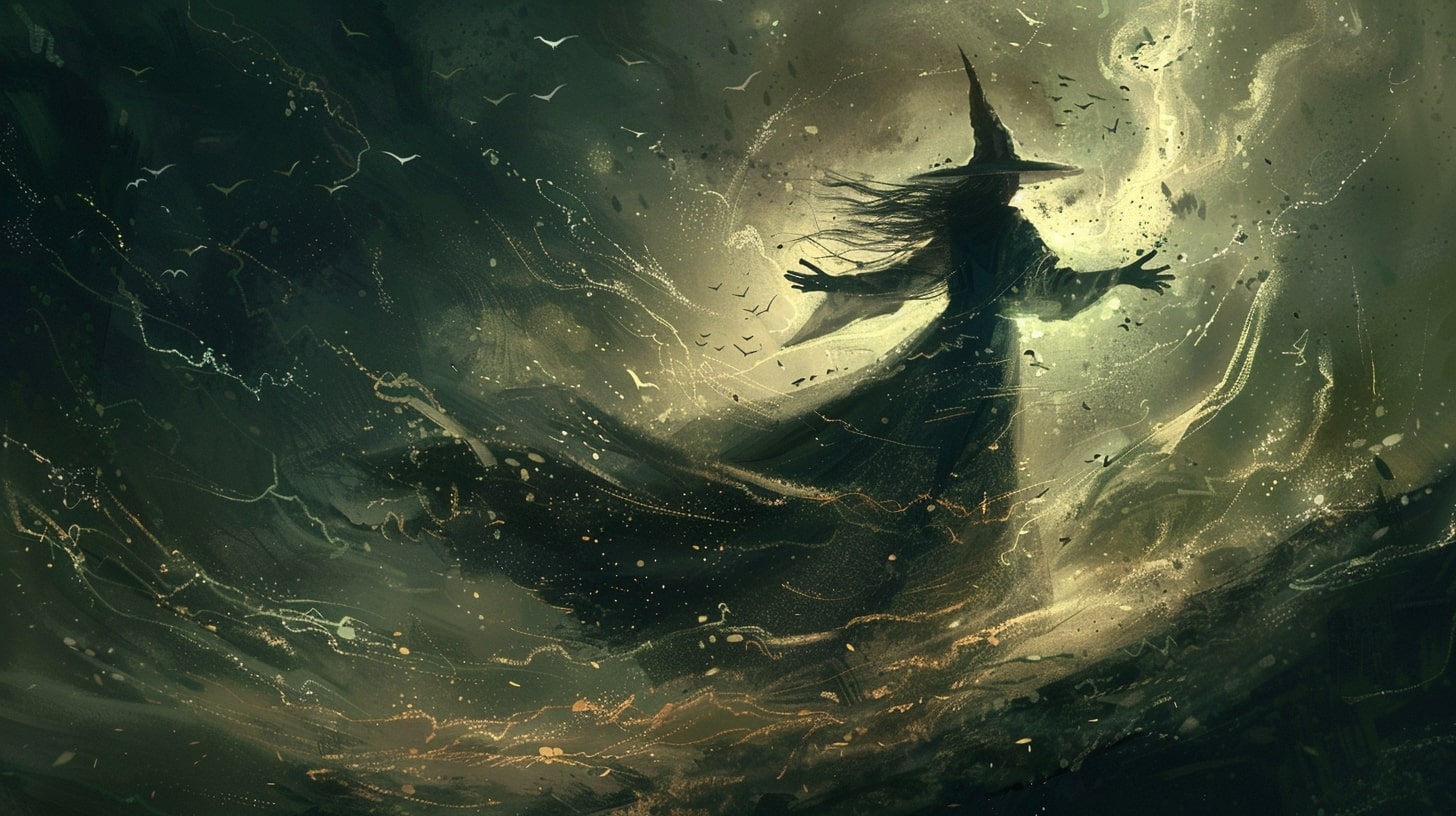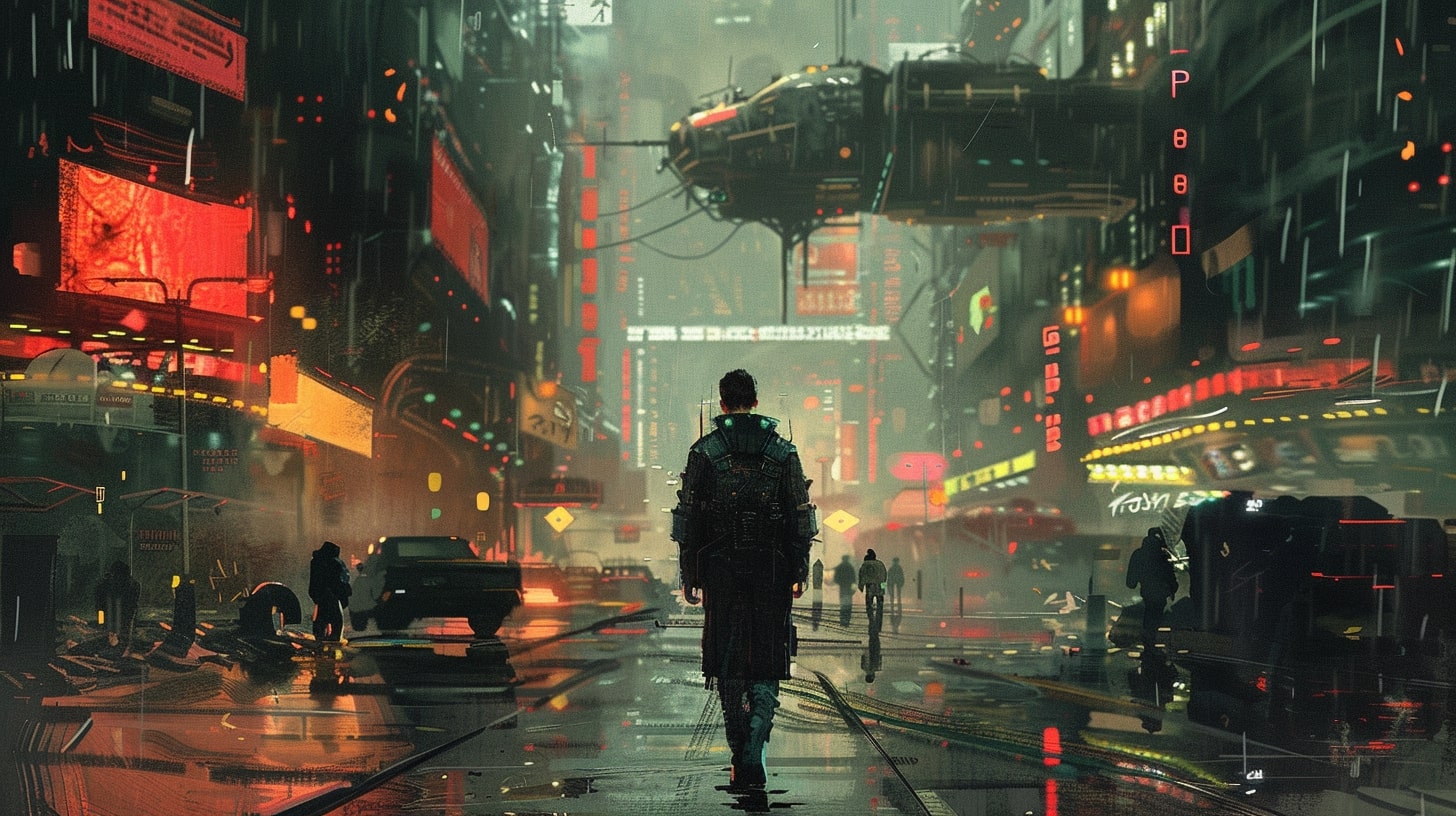Unleashing Your Creative Potential
Are you ready to embark on an exhilarating journey into the world of sci-fi writing? Crafting sci-fi plots that are captivating allows you to unleash your imagination and transport readers to extraordinary realms.
In this section, we will explore the allure of sci-fi writing and understand the essential elements that make a sci-fi plot truly captivating.
The Allure of Sci-Fi Writing
Sci-fi writing offers a thrilling escape from reality, allowing you to explore uncharted territories and envision a future filled with possibilities. It allows you to stretch the limits of your creativity and delve into themes that challenge the status quo. From interstellar adventures to dystopian societies, sci-fi captivates readers with its ability to merge scientific concepts with imaginative storytelling.
Immerse yourself in the works of renowned sci-fi authors and discover their unique visions of the future. Explore the vast realms of technology, space exploration, time travel, and artificial intelligence. By delving into the rich tapestry of sci-fi literature, you can gain inspiration and hone your writing skills. For more tips on writing fantasy novels, check out our article on how to write fantasy novels.
Understanding the Elements of a Captivating Sci-Fi Plot
A captivating sci-fi plot goes beyond flashy gadgets and futuristic settings. It engages readers on a deeper level, immersing them in a world that feels both familiar and fantastical. To craft a compelling sci-fi plot, you need to understand and master the essential elements that make it truly captivating.
Engaging Setting: A well-crafted sci-fi plot demands an engaging and well-developed setting. Whether it’s a sprawling space station or a post-apocalyptic Earth, the setting serves as the backdrop for your story. It should be vividly described, with attention to detail that evokes a sense of wonder and curiosity. Dive into our article on creating a fantasy world for tips on building immersive settings.
Unique and Believable Characters: Characters are the heart and soul of any story, and sci-fi is no exception. Develop characters that resonate with readers and breathe life into your plot. Whether they are humans, aliens, or advanced AI, they should be relatable, with distinct personalities, motivations, and conflicts. Explore our article on developing fantasy characters for insights on creating memorable characters.
Establishing the Rules of Your Sci-Fi World: Every sci-fi world operates by its own set of rules. Establish the scientific principles, technological advancements, and societal norms that shape your fictional universe. Consistency is key in maintaining the believability of your world. By grounding your story in a solid foundation, you create a framework that guides your plot and adds depth to your storytelling.
With a firm grasp of the allure of sci-fi writing and the essential elements of a captivating plot, you are ready to embark on your creative journey. In the next sections, we will dive deeper into the process of crafting compelling conflicts, exploring plotting techniques, and pushing the boundaries of sci-fi storytelling.
So, buckle up and get ready to fuel your creativity and craft captivating sci-fi plots that leave readers eager for more.
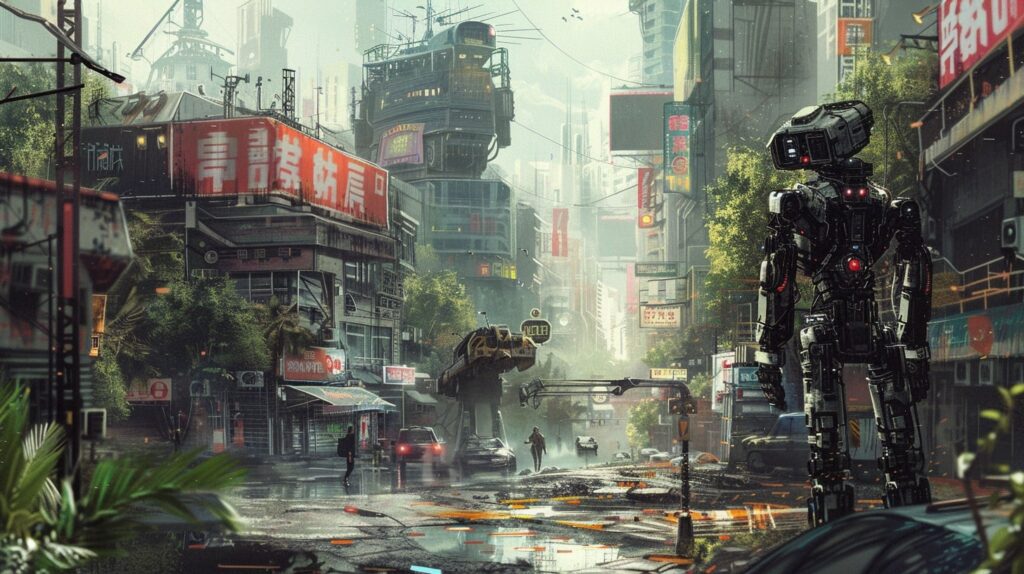
Crafting Sci-fi Plots: Building a Solid Foundation
To craft captivating sci-fi plots, it’s essential to establish a solid foundation. This includes creating an engaging setting, developing unique and believable characters, and establishing the rules of your sci-fi world.
Creating an Engaging Setting
An engaging setting is crucial for immersing readers in your sci-fi world. Consider the time and place where your story takes place. Is it set in a dystopian future, on an alien planet, or in a technologically advanced society? The setting should be vividly described, capturing the imagination of your readers and making them feel like they’re a part of the world you’ve created.
It’s important to pay attention to the details of the setting. Describe the architecture, landscape, technology, and societal structures that make your world unique. Think about how the setting impacts the characters and the plot. Does it present challenges or opportunities? By incorporating these elements, you can create a setting that not only serves as a backdrop but also becomes an integral part of your story.
Developing Unique and Believable Characters
In sci-fi writing, characters play a vital role in driving the plot and captivating readers. When developing characters for your sci-fi story, it’s important to create individuals that are both unique and believable.
Give your characters distinct personalities, backgrounds, and motivations. Consider how their experiences and traits shape their actions and interactions within the story. Additionally, explore the impact of the sci-fi elements on your characters. How do they navigate the futuristic world? Do they possess special abilities or technologies?
To make your characters relatable and believable, ensure they have flaws and vulnerabilities. This adds depth and complexity to their personalities. Remember to include a diverse range of characters with different perspectives, backgrounds, and identities to reflect the richness of the real world.
Establishing the Rules of Your Sci-Fi World
A well-defined set of rules is essential in sci-fi writing. These rules establish the boundaries and constraints of your sci-fi world, creating a framework for your story. Consider the scientific principles, technological advancements, and societal norms that exist in your world.
Define how the laws of physics work in your sci-fi universe. Are there any unique scientific principles or technologies that differentiate your world from reality? Additionally, think about the social and cultural norms that shape your society. How do people interact with each other? Are there any specific rules or regulations that govern their behavior?
By clearly establishing the rules of your sci-fi world, you ensure consistency and coherence throughout your story. This allows readers to fully immerse themselves in your narrative without being confused by inconsistencies.
By focusing on creating an engaging setting, developing unique and believable characters, and establishing the rules of your sci-fi world, you lay a solid foundation for crafting captivating sci-fi plots. Remember to continuously refer back to these elements as you weave your story, ensuring that they remain interconnected and contribute to the overall narrative.

Crafting Compelling Conflict
To create a captivating sci-fi plot, it is essential to craft compelling conflict that keeps readers engaged and eager to turn the pages. In this section, we will explore three key elements of crafting conflict in your sci-fi story: exploring futuristic themes and concepts, building tension and suspense, and introducing conflicts and obstacles.
Exploring Futuristic Themes and Concepts
A hallmark of sci-fi writing is the exploration of futuristic themes and concepts. To craft compelling conflict, consider the societal, technological, or scientific advancements that exist in your sci-fi world. These elements can serve as the foundation for conflicts that arise from the clash between new possibilities and the limitations of human nature.
By delving into these futuristic themes and concepts, you can introduce conflicts that challenge your characters’ beliefs, values, or even their fundamental understanding of the world. This not only adds depth to your story but also provides opportunities for thought-provoking exploration of the human condition within a futuristic context.
Building Tension and Suspense
Tension and suspense are crucial for keeping readers on the edge of their seats. As you craft your sci-fi plot, consider how you can build tension through pacing, unexpected twists, and high-stakes situations. By gradually raising the stakes and introducing unexpected challenges, you can create a sense of urgency that propels the story forward.
To build tension effectively, carefully balance moments of calm with intense action sequences and revelations. This ebb and flow of suspense will keep readers engaged and eager to unravel the mysteries and conflicts within your story. Remember to maintain a consistent tone throughout your narrative to enhance the overall tension and suspense.
Introducing Conflicts and Obstacles
Conflicts and obstacles are the heart of any compelling story. In sci-fi writing, these conflicts can stem from a variety of sources, such as technological malfunctions, ethical dilemmas, or encounters with alien species. Introducing conflicts not only drives the plot but also provides opportunities for character development and growth.
Consider the internal and external conflicts your characters face. Internal conflicts, such as personal struggles, moral dilemmas, or inner desires, add depth and complexity to your characters. External conflicts, on the other hand, can arise from the interaction between characters, the environment, or the overarching society.
By presenting a series of challenges, obstacles, and conflicts, you can create a dynamic and engaging narrative that keeps readers invested in the outcome. Remember to provide resolutions and consequences for these conflicts, as they contribute to the overall satisfaction and impact of your story.
Crafting compelling conflict is an essential aspect of creating a captivating sci-fi plot. By exploring futuristic themes and concepts, building tension and suspense, and introducing conflicts and obstacles, you can immerse readers in a thrilling and thought-provoking journey through your sci-fi world. For more tips on crafting sci-fi plots, check out our article on brainstorming sci-fi story ideas.

Plotting Techniques for Sci-Fi
Crafting a captivating sci-fi plot requires careful planning and consideration. In this section, we will explore some essential plotting techniques that can help you create an engaging and compelling sci-fi story.
Outlining Your Story
Before diving into the writing process, it’s crucial to outline your sci-fi story. An outline provides a roadmap for your plot, allowing you to organize your ideas and ensure a coherent and well-structured narrative. Start by outlining the major plot points, such as the introduction of the main characters, the central conflict, and the resolution.
This will serve as the backbone of your story and help you stay focused as you write. For more information on outlining techniques, check out our article on outlining a fantasy novel.
Incorporating Twists and Surprises
To keep your readers engaged and intrigued, it’s important to incorporate twists and surprises throughout your sci-fi plot. These unexpected developments can add excitement and suspense, keeping your audience on the edge of their seats. Consider introducing plot twists, unexpected character revelations, or surprising technological advancements that challenge your characters and push the boundaries of the world you’ve created.
By incorporating twists and surprises, you can keep your readers guessing and ensure that your sci-fi plot remains fresh and captivating. Remember to strike a balance between foreshadowing and surprising your audience to maintain their interest.
Balancing Action, Drama, and Exploration
A well-crafted sci-fi plot should strike a balance between action, drama, and exploration. This balance ensures that your story remains dynamic and engaging, appealing to a wide range of readers. Incorporate thrilling action sequences, intense interpersonal conflicts, and thought-provoking explorations of the sci-fi world you’ve created.
The action should propel the plot forward, keeping the pace of the story engaging and exciting. Introduce dramatic moments that reveal the depth of your characters’ emotions and motivations, adding depth and complexity to your narrative. Finally, allow your characters to explore the intricacies of the sci-fi world you’ve built, delving into its mysteries and uncovering new possibilities.
By weaving together action, drama, and exploration, you can create a well-rounded and captivating sci-fi plot that will leave your readers wanting more.
As you incorporate these plotting techniques into your sci-fi writing, remember to stay true to your unique creative vision. Experiment with different ideas, take risks, and let your imagination soar. With careful planning and attention to detail, you can craft a sci-fi plot that will captivate readers and fuel their imagination.
Going Beyond the Norm
As a writer, it’s important to push the boundaries of your imagination when crafting sci-fi plots. By incorporating innovative ideas, blending genres, and experimenting with time and space, you can create captivating and unique stories that stand out from the crowd.
Pushing Boundaries with Innovative Ideas
To truly captivate your readers, consider pushing the boundaries of traditional sci-fi storytelling by introducing innovative ideas. This could involve exploring futuristic technologies, scientific advancements, or speculative concepts that challenge the limits of our current understanding.
By thinking outside the box and incorporating fresh, thought-provoking ideas into your plot, you can create a sense of wonder and intrigue for your readers.
Blending Genres for Added Depth
Another way to elevate your sci-fi plot is to blend genres, adding depth and complexity to your story. By combining elements from other genres such as mystery, romance, or even horror, you can create a rich and multi-dimensional narrative. This blending of genres allows you to explore different themes, character dynamics, and plot twists, making your story more engaging and unexpected.
When blending genres, it’s important to maintain a balance and ensure that each genre seamlessly integrates into the overall story. This integration will allow you to create a unique and compelling experience for your readers. For more tips on blending genres, check out our article on writing paranormal romance.
Experimenting with Time and Space
One of the hallmarks of sci-fi storytelling is the ability to experiment with time and space. Use this to your advantage by incorporating elements such as time travel, alternate dimensions, or parallel universes into your plot.
These concepts can add layers of complexity and intrigue to your story, allowing you to explore different possibilities and challenge the traditional notions of cause and effect.
When experimenting with time and space, it’s important to establish clear rules and consistency within your sci-fi world. This will help your readers navigate the complexities of your plot and maintain their engagement. For more inspiration on crafting sci-fi plots, check out our article on brainstorming sci-fi story ideas.
By embracing innovative ideas, blending genres, and experimenting with time and space, you can take your sci-fi plot to new heights. Remember to stay true to your vision and create a world that captivates and excites your readers. The possibilities are endless when you unleash your creativity and embrace the limitless potential of sci-fi storytelling.
Refining Your Sci-Fi Plot
As you near the completion of your sci-fi plot, it’s time to shift your focus to refining and polishing it to ensure maximum impact on your readers. This stage involves seeking feedback, fine-tuning the pace and structure, and adding the finishing touches to your plot.
Seeking Feedback and Revisions
One of the most valuable steps in refining your sci-fi plot is to seek feedback from trusted sources. Share your plot with fellow writers, writing groups, or beta readers who can provide valuable insights and suggestions. Their fresh perspective can help identify any plot holes, inconsistencies, or areas that need improvement.
Consider their feedback carefully and make revisions as necessary. Remember, constructive criticism is an opportunity for growth and improvement. Aim to strike a balance between staying true to your vision and incorporating valuable feedback to enhance your plot.
Fine-tuning the Pace and Structure
The pace and structure of your sci-fi plot are crucial elements that determine the flow and engagement of your story. Analyze the pacing of your plot, ensuring that it maintains a balance between action-packed scenes and moments of reflection or character development.
Consider the structure of your plot in terms of the narrative arc. Make sure that the plot follows a logical progression with a well-defined beginning, middle, and end. Check for any inconsistencies or gaps in the plot that may require adjustments or additional scenes to enhance clarity and coherence.
To help you visualize the structure of your plot, consider creating a plot diagram or storyboard. This visual representation can provide a clear overview of the major events and plot points, helping you identify any areas that need attention.
Polishing Your Plot for Maximum Impact
In the final stages of refining your sci-fi plot, focus on polishing it for maximum impact. Pay attention to the details, ensuring that your plot is cohesive and consistent throughout. Look for opportunities to enhance the emotional impact of key scenes, creating moments that resonate with your readers.
Consider the themes and messages underlying your sci-fi plot. Ensure that they are effectively conveyed and integrated into the story without overwhelming the narrative. This can be achieved through well-crafted dialogue, thought-provoking situations, and character arcs that align with the themes.
Take the time to proofread your plot, checking for any grammatical errors, typos, or inconsistencies. A polished and error-free plot will enhance the reading experience and showcase your professionalism as a writer.
By seeking feedback, fine-tuning the pace and structure, and polishing your plot, you can ensure that your sci-fi story captivates and engages your readers. Remember to trust your instincts as a writer while remaining open to constructive feedback. With perseverance and dedication, your refined plot will be ready to take readers on a thrilling sci-fi journey.






